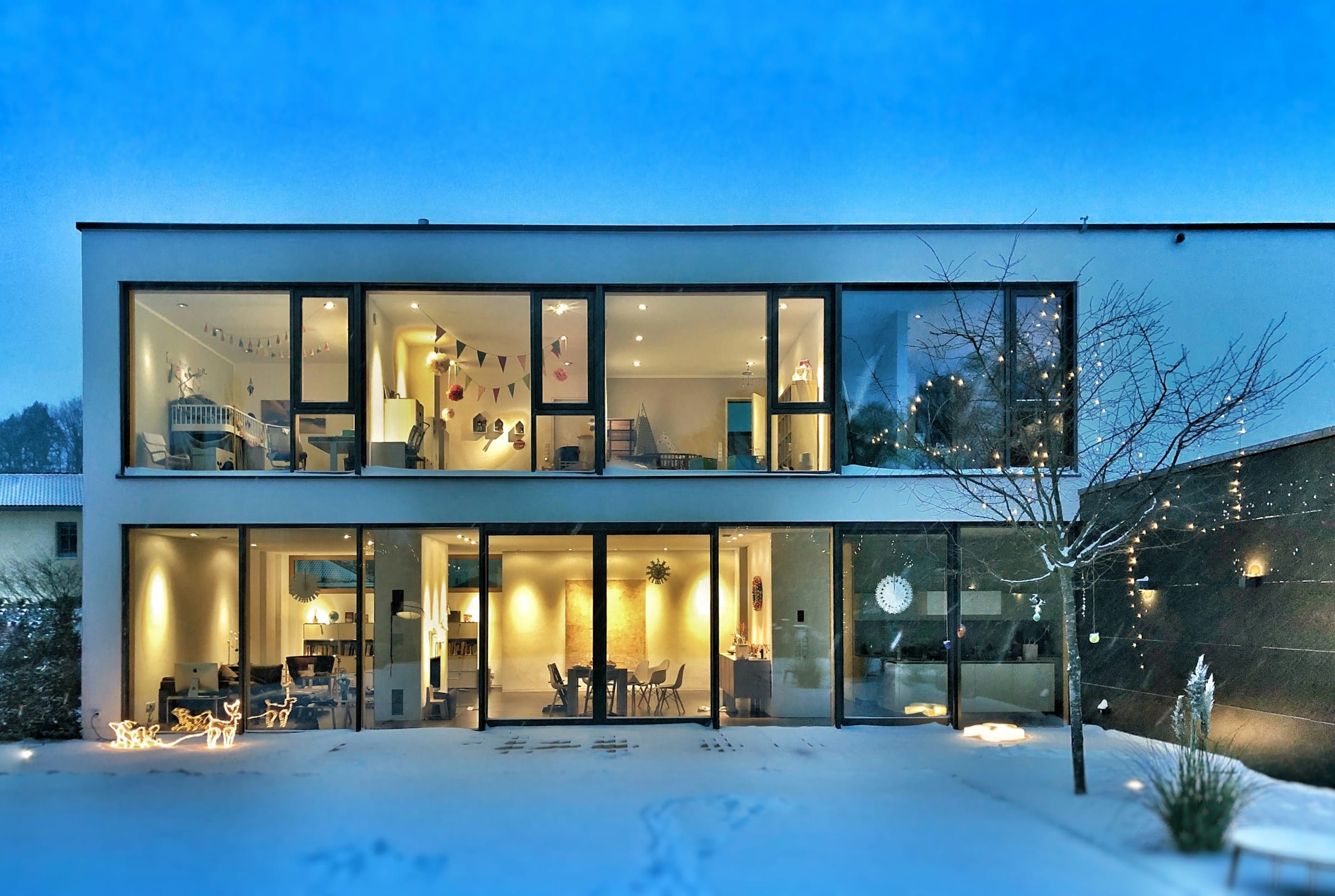
Creating a smart home lighting schedule is more than a convenience; it's a leap towards a more efficient, secure, and enjoyable living environment. In today's tech-savvy world, controlling your lights with a smartphone app isn't just accessible; it's increasingly becoming the norm. Whether you want to set the perfect mood for a movie night, ensure your lights turn off when you leave a room, or improve your home security by automating lighting when you're away, this guide will walk you through the process seamlessly.
Before diving into the setup steps, understanding the benefits of smart lighting can provide insight into why it's worth the investment. Smart home lighting allows you to control your lights with ease, providing better energy efficiency, enhanced home security, and increased convenience.
A découvrir également : How to Use Your Smartphone to Control Smart Kitchen Appliances for Meal Prep?
Smart lights, such as Philips Hue or smart bulbs from various brands, can be controlled via apps on your phone. These systems work with voice commands through Google Assistant, Alexa, or other compatible home devices. Integrating these technologies into your home offers not only automation but also the ability to customize lighting settings based on your needs.
One major advantage is energy savings. Smart bulbs use LED technology, which consumes less power compared to traditional bulbs. Additionally, the ability to turn your lights on or off remotely means you can ensure no light is left on unnecessarily, thereby reducing your electricity bill.
A lire également : What Are the Steps to Set Up a Mobile Office Using Your Smartphone?
Enhancing security is another key benefit. With smart lights, you can set up schedules to make it appear as if someone is home even when you're away. This deters potential intruders and adds a layer of safety to your home.
Choosing the right smart lighting system is crucial for a seamless experience. The market offers various options like Philips Hue, LIFX, and smart bulbs compatible with Google Home and Amazon Alexa. Each system has its unique features, compatibility, and price points, so it's essential to identify what fits best with your home setup and preferences.
Philips Hue is renowned for its versatility and robust ecosystem of products. It integrates well with Google Home, Alexa, and Apple HomeKit, offering a wide range of bulbs, light strips, and fixtures. LIFX also provides impressive smart lighting solutions with high brightness levels and vivid colors, controlled via their proprietary app without needing a hub.
When selecting your system, consider compatibility with your existing smart home devices. If you already have a Google Home speaker, ensuring your smart lights work with Google Assistant can simplify the integration process.
Another consideration is whether you prefer a hub-based system or a hub-free setup. Systems like Philips Hue require a hub, which can be an additional cost but offers more stable connectivity. On the other hand, hub-free options like LIFX connect directly to your Wi-Fi, providing a simpler, though sometimes less reliable, solution.
Once you’ve chosen your preferred system, setting it up involves a few straightforward steps. Follow these steps to ensure a smooth installation process:
With your smart lighting system installed and integrated, it’s time to create customized schedules. This feature ensures that your lighting adjusts automatically based on your routines and preferences.
To truly reap the benefits of smart lighting, it’s essential to explore and utilize all the features available. Here are some tips to maximize your smart lighting setup:
Setting up a customizable smart home lighting schedule using your smartphone is a straightforward process that offers numerous benefits. From energy savings and enhanced security to unparalleled convenience and aesthetic flexibility, smart lighting is a significant upgrade to any modern home. With the right smart bulbs and a well-designed schedule, you can transform your home into a more efficient and enjoyable space.
By following the steps outlined in this guide, you can easily integrate and maximize the potential of your smart lighting system. Whether you're using Google Home, Philips Hue, or any other compatible system, the possibilities are endless. Start today and experience the future of home lighting.